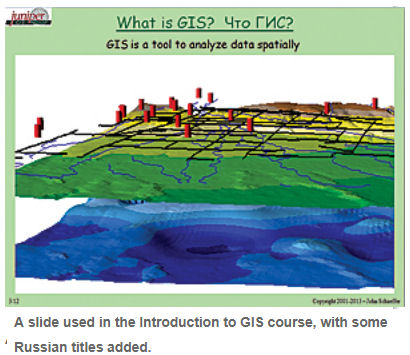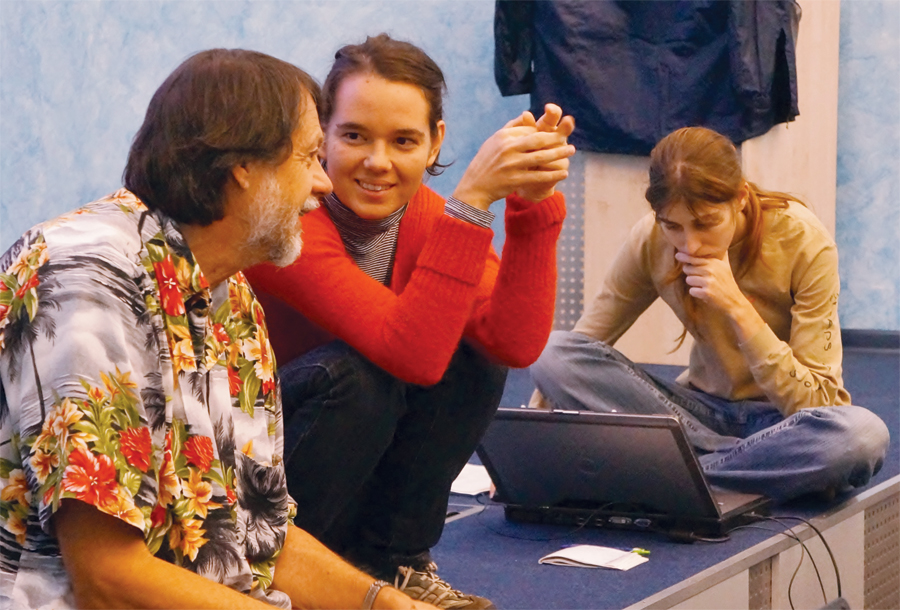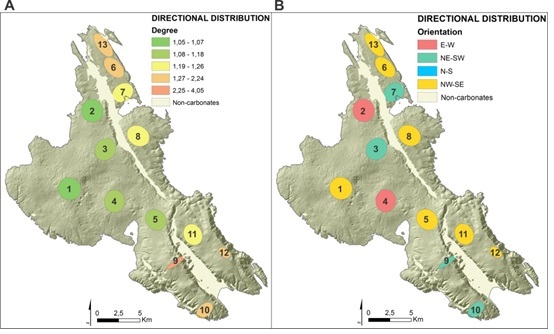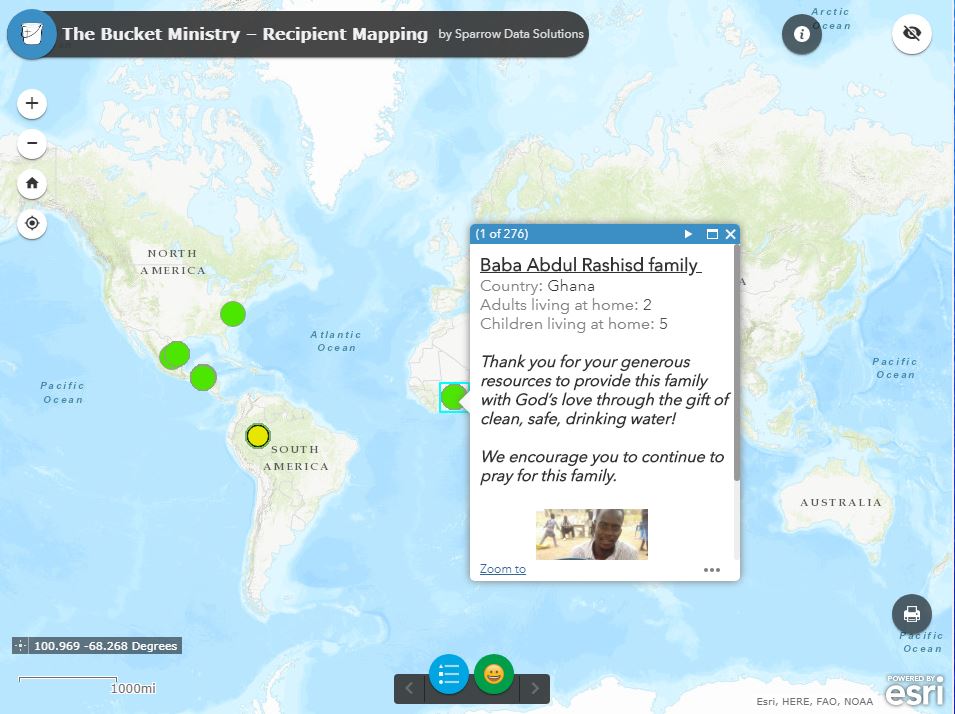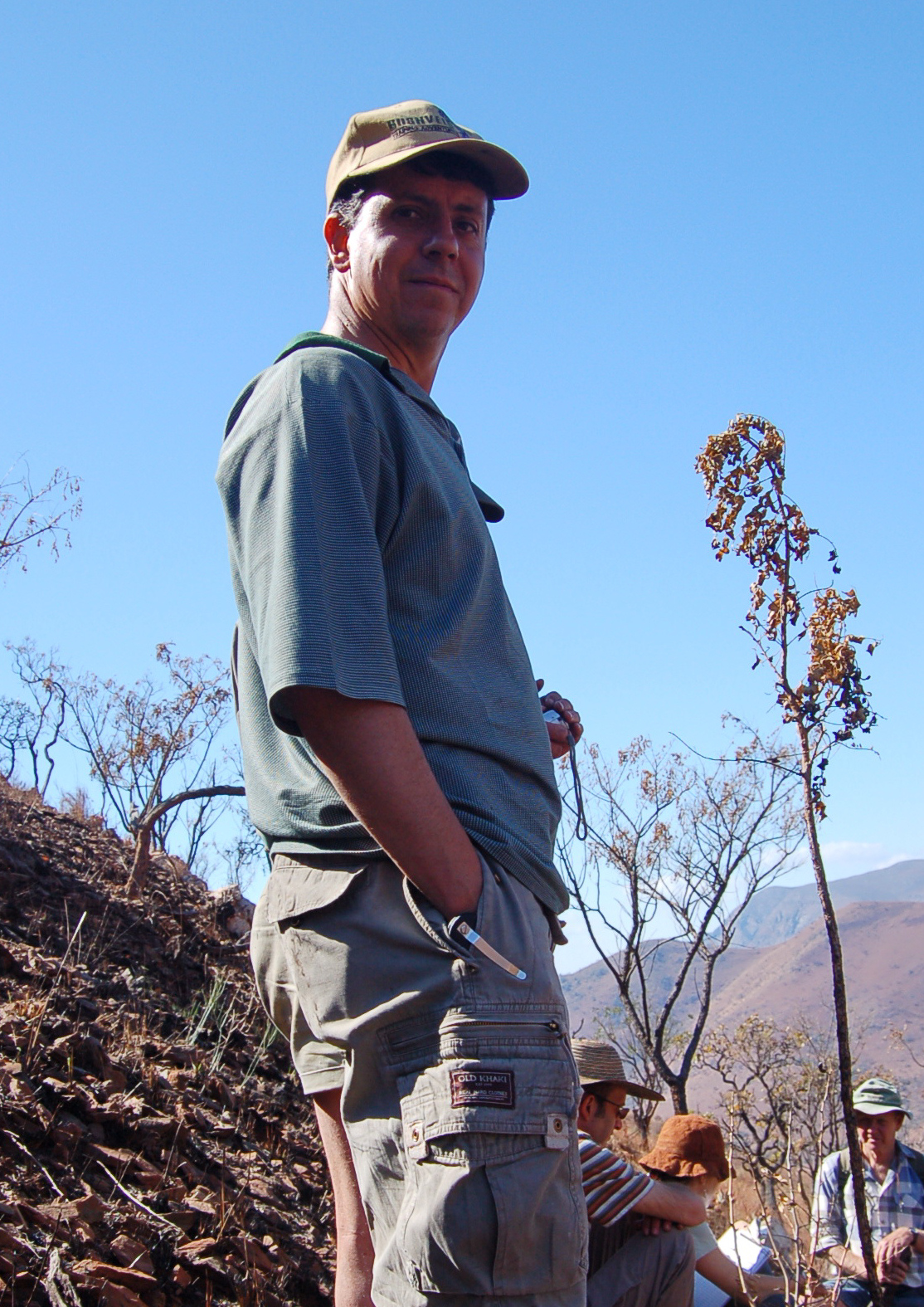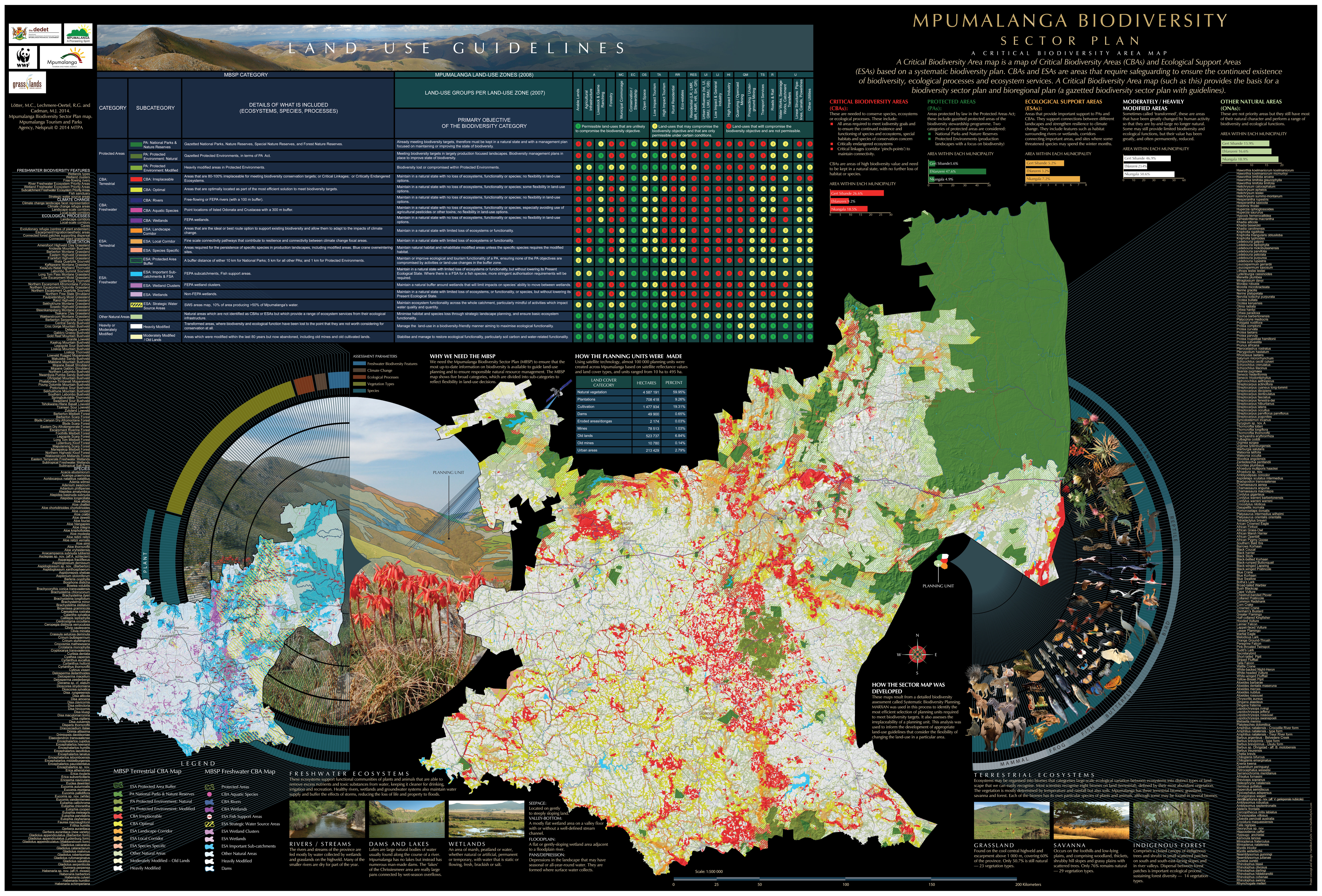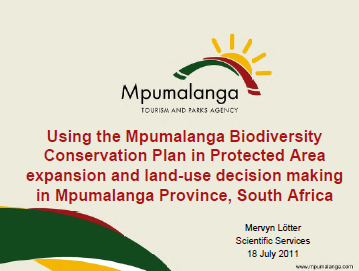Dr. Jackson “Zozo” Katampi, Senior Wildlife Veterinary Officer, Zambia Dept of National Parks and Wildlife
Private Bag 1, Kafue Road, Chilanga, Zambia
*-Main email: infor@zawa.org.zm Website: www.zawa.org.zm (Scgis Years: yr18 )
your email: jacksonzozo10@gmail.com and jacksonmcnight@yahoo.comjacksonmcnight@yahoo.com
It is without mention how important the use of GIS is in my line of work. I have realized with time that I need to have the knowledge of GIS, this made me to join the local SCGIS chapter which has helped me to learn the basics. However, this has made me to realize just how much I need to learn more on GIS so that I can use it in my line of work to contribute effectively in conservation world locally, internationally as well as get to share knowledge with GIS practitioners and hence, make sound decisions and recommendation to my organization on the best way to manage our wildlife. I therefore, look forward to be a competent GIS user. This training will build capacity in individuals such as myself that are at the helm of conservation efforts in Zambia. Following the training, I wish to engage myself with more GIS in my work to foster conservation efforts in Zambia. This training is not only important to me, but also to my country, as i will effectively contribute to management on the best way to conserve wildlife. It will help me analyze public health disease incidence, patterns and outbreaks, this will ensure that measures are taken to protect the surrounding communities from zoonotic disease especially those from wildlife. Either over 64% of the zoonotic diseases can be traced back to wildlife, which can act as a vector, or a host, understanding these diseases by analyzing their occurrence patterns will aid in prevention of spread into human populations. As a conservationist, my work involves interacting with several other disciplines, and therefore, this training would also provide an opportunity to learn and appreciate a varied capabilities and use of GIS in these other disciplines, as I will be able to share my knowledge. The training will also give an opportunity to meet other individuals from different parts of the world, share knowledge and foster a good global network in the fight for conservation of wildlife.
*-YOUR ORGANIZATION’S WORK: The Department of National Parks and Wildlife was established by an act of parliament (Zambia Wildlife Act 14 of 2015). The department is under the Ministry of Tourism and Arts, it is mandated to manage and regulate the wildlife estate for the purpose of conservation and enhancement of wildlife eco-systems, biodiversity, and of objects of aesthetic, pre-historic, historical, geological, archaeological and scientific interest. It manages 20 national parks and 36 Game Management Areas. These constitute close to 35% of the country's entire landmass. The department targets all wildlife species in National parks including, large mammals, birds, amphibians etc. and the ecosystems in which they depend on. Habitats covered by the organization Includes Wetlands, Woodlands, Forests and Grasslands. In addition to wildlife in protected areas, the department also manages wildlife in open areas and to some extent those on private estates.

I'm currently working as a senior wildlife veterinary officer, under 2015 SCGIS International Scholar Dr. David Squarre. I have been working for the department of national parks and wildlife formerly Zambia Wildlife Authority for almost four years now. My role in the department is to provide scientific and veterinary support for the biological management of wild fauna. My duties include to supervise and undertake the capture and immobilization of wild animals for the purpose of;
- translocation as a tool to manage wildlife populations in protected areas as well as private wildlife estates.
- Clinical interventions for injured and wounded or snared animals as a result of direct anthropogenic activities.
- implementing countrywide programs for the detection, control and management of diseases occurring in protected areas and in wildlife populations.
- Establishing a programme for prevention, control, diagnosis and treatment of diseases affecting the health of wild animals and zoonosis.
- Facilitating wildlife breeding programmes.
- Establishing and maintaining a database on disease distribution and control, causes and origin.
- Initiating and supporting research/projects that involve diseases and biological management of key wildlife species such as White and Black Rhino, Elephants, Lions etc
In addition to the above, I have been working with organization such as Wild Wide Fund for Nature (WWF) to restock the Sioma Ngwezi National Park, Peace Parks, KAZA and Panthera to come up with and restock community conservancies and community partnership parks. I also work with Frankfurt zoological society in the efforts to reintroduce Black rhinos in the North Luangwa national park. I am more recently involved with the Wildlife crime prevention program in which, the objective is to identify key spot areas for carnivore poaching. I collect samples and map areas in which these carnivore offtakes are found.
.

*-HISTORY: My first experience with conservation GIS was when I was attached to the Zambia Wildlife Authority as a student, during my attachment I leant how to draft maps for the distribution of different habitats and hence, determine the extent environmental degradation in areas that have been depleted of wildlife such as Lukusuzi National Park, this was for so purpose of identifying areas that can still support wildlife. After University, I joined the SCGIS Zambia Chapter, to which I am a member of this chapter working mostly in protected areas. I use GIS now to monitor monthly white rhino movements in Mosi-oa-tunya National park. I have equally collared some Sables that we recently translocated to Sioma Ngwezi national park with the purpose of restocking the area; these are collared with GPS collars, which are giving data on the movement of the animals every two hours. This information is used to map and monitor their movement; as a result, we are to advise our operation and anti-poaching team to direct their efforts to areas where these animals are mostly found. In more recent times and in collaboration with the SCGIS Zambian chapter, I managed to use GIS to record and report disease information, GIS is usually used to produce maps of disease incidence, prevalence, mortality, morbidity in national parks, private wildlife estates, and wildlife sanctuaries. The information is more easily understood when visualised on a map which are important tools field analysis.
Local SCGIS work: I am a bonafide paid up ordinary member of the local SCGIS Chapter (SCGIS–Zambia Chapter) and participate in various activities organized by the chapter in the provision of logistics while doubling as a resource person.
Local Community work: I have been a youth leader for a number of years advocating for youth participation in decision making. I’m currently the country representative for Wildlife Students Association. Being a senior veterinary officer, I have 4 veterinarians that I supervise and teach various field skills that I have learnt over the years as a conservationist. My leadership skill spring far back when I was in high school where I held different leadership positions such as University of Zambia Veterinary Students Association President, Zambia Young Christian Students National Secretary, Chairperson and Founder of a youth organization called Youth Turn-up etc. These leadership position have enhanced not only my ability to have strong team work skills but also improved my communication, teaching and public speaking skills.
What is the most challenging about the conservation/GIS work that you do?
The uniqueness of the work I do is based on the complex analysis which we do, when data is collected, for example species distribution in Mosi-oa-tunya National Park, ideally we are supposed to collect the data at once to save on cost, therefore, during analysis, apart from the actual animal distribution, one needs to analyze the disease incidence in a particular population distribution. One of the major challenge is the limitation of the GIS software availability and knowledge. As a result, this data is not fully analyzed. Another challenge is the use of GIS in outbreak investigations and disease spread patterns, which is critical but usually is limited.
Plan for the next year: Once I have been trained, I plan to use the skill and knowledge that I will acquire in the following way:
- Map the seasonal movement pattern of the white rhinos in Mosi-oa-tunya National Park. This is very important, as it will enhance adequate planning when it comes to their protection. I will produce detailed maps indicating risk areas in relation to their movement in dry season by November, 2018
- Map all the elephant corridors in prime human/wildlife conflict areas in southern and western provinces of Zambia. This activity will be completed by March 2019.
- Simulate and model disease/infection dynamics and spread in wildlife areas and the risk to public health in the surrounding communities. This data will help in the mitigation, prevention and control of such diseases and infection.
- Map the animal unknown mortalities that happen in protected areas, this will help us store data and make follow ups in case of disease occurrence. This continuous activity will start as soon as I gain the needed knowledge.
- Participate in training and help the chapter in dissemination of GIS to conservation communities and practitioners.
- Help in mapping all private wildlife estates in southern and western region of Zambia by April 2019.
GIS work: As earlier stated, I have basic knowledge of GIS, which I have learnt due to personal interest, as my work requires that I have knowledge of GIS, which is very instrumental in daily work as a wildlife veterinarian. The internet has been the core center of my learning, in addition, my knowledge of GIS has also been through mentors such as Mr. Chaka Kaumba, and Chabala Chiyaze, this has been made possible because of my affiliation to the SCGIS Zambia Chapter. My GIS Expertise levels are intermediary. I use ARCVIEW 10.3 mostly to do basic mapping works. My work with GIS has mainly involved mapping seasonal distribution of mammal species, mainly working with the white rhinos in Mosi-oa-tunya National Park, Sable, Lions and Elephants in Kafue/Sioma Ngwezi National Park. This involves collecting GPS positions of the animals when sighted, collecting the environmental conditions at that particular position i.e. abundance data, vegetation type, soil type, water levels and creating a data base of these locations. I do this in regular intervals. Then map these so as to show seasonal distribution or local migrations of the rhino in particular and hence, relate their movements to water levels, food availability etc. This helps us to have a good monitoring system and enhances wildlife protection. In addition, I also collect GPS coordinates for all carcasses found in protected areas in order to relate particular disease incidences and this helps in wildlife disease surveillance.
*-Title / Abstract of the paper you will present:
Use of GIS to determine the distribution of Large Mammals in Mosi-oa-tunya National Park
Mosi-oa-Tunya National Park covers 66 km2 (25 sq mi) from the Songwe Gorge below the falls in a north-west arc along about 20 km of the Zambezi river bank. The National Park is home to the might Victoria Falls, which is one of the seven natural wonders of the world. The animals in the National Park are not evenly distributed. A ground count was therefore conducted to determine the populations and distribution of large mammals.
The park also houses the only prolific population of white rhinos. It has been over 10 years since the last count was done. The paper also focuses on the impact of the elephants on the park habitat and whether or not this has had any effect on the distribution of the animals in the last 10 years.










 Geological Survey of Slovenia
Geological Survey of Slovenia 